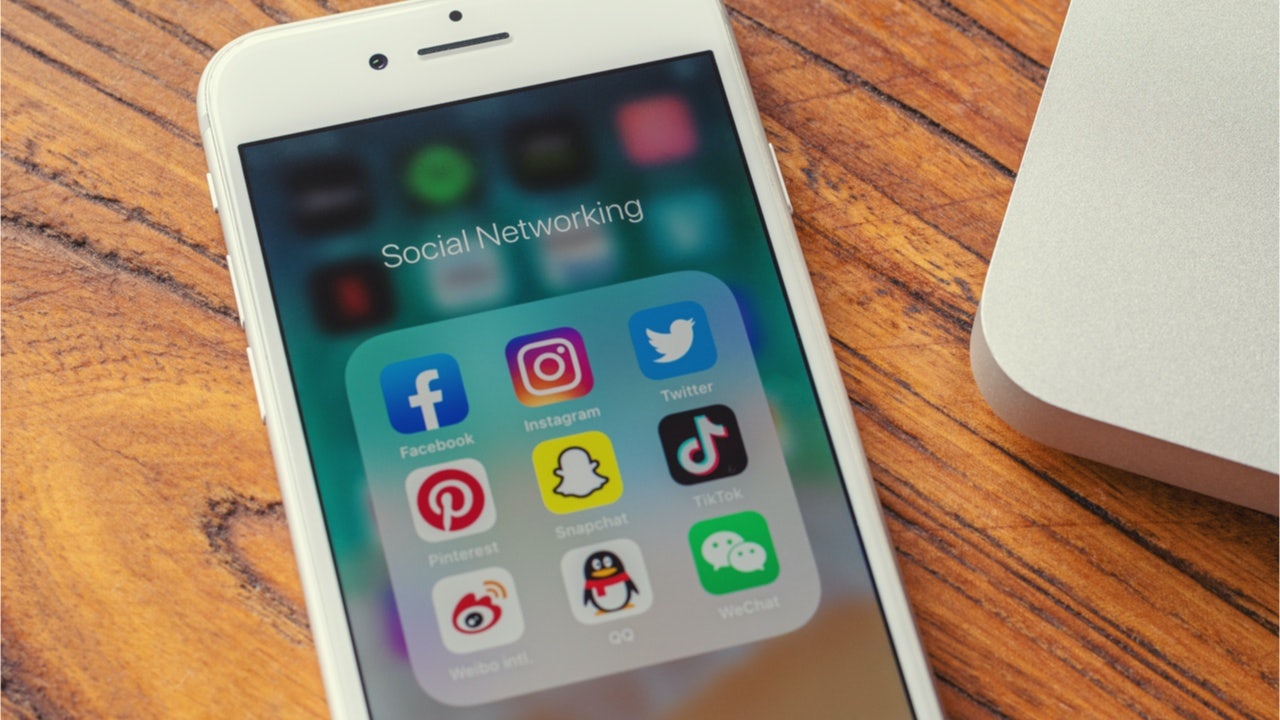Since the outbreak of COVID-19, the use of live-streaming, digital campaigns, and e-commerce have exceeded all expectations in China. This online disruption of the luxury market is shaping how millions of Chinese consumers shop daily. In fact, all brands and retailers have embraced digital channels to some extent in order to counteract losses in the offline retail section and capitalize on this growing sector which is willing to spend.
Over the past month, global luxury brands have attempted to get on board with the fast-moving digitalization trend in China too. Prada has officially launched a Tmall flagship store and Belgiain leather luxury house Delvaux landed on JD.com this month. Runway shows went virtual at Milan and Paris fashion weeks as a range of digital campaigns debuted to maintain connections with Chinese consumers, like Fenty Beauty’s Valentine’s Day campaign. This successful venture featured three loveletters from their Greater China Brand Ambassador, Fan Chengcheng as well as the spokesperson Wang Ju, and the fashion influencer, Mia Kong.
As expected, most of the international brand attempts, however, have shown less flexibility than local players and struggled to drive online traffic and sales. Without the presence of celebrities and KOLs, these campaigns and events failed to engage Chinese netizens in the public domain unlike domestic attempts on Weibo.
By contrast, many experienced homegrown brands have easily adapted to unexpected situations like the COVID-19 crisis thanks to solid customer relationships built through the new phenomenon of social selling. These initiatives, including posts in group chats and WeChat moments, alongside live-streams are being used to target consumers as they go about their lives. They are connecting with consumers by any means possible and are emerging as dynamic new marketplaces in themselves.
Social selling — the act of building up social relationships to nurture sales — is built upon a series of tactics rooted in “private” or “private domain” traffic. Private traffic involves the direct communication between content providers and consumers (or users) thereby minimizing the dependency on third parties such as social platforms and e-commerce sites.
“The closest term used outside China is owned-traffic, like email lists and website traffic,” explains Matthew Brennan, Co-Founder and Managing Director of WeChat marketing consultancy, China Channel. This makes sense given that Chinese netizens are not used to communicating by emails and open web is less important in China. WeChat is one of the most fundamental channels where brands typically build up private traffic.
Unlike public traffic which is owned by third-party platforms, private traffic exists exclusively between users and merchants, or brands. These small-size online merchants are on a tight marketing budget; interestingly, the idea is as yet relatively under-recognized by bigger, more-established brands. As more players transition into e-commerce, the domain of private traffic has become quite saturated.
Meanwhile, the algorithms of these social and e-commerce platforms, like Weibo, tend to squeeze content providers, such as brands and KOLs. These content providers are therefore forced to pay these gatekeepers or platforms to earn higher visibility and engagement. For example, the public traffic on Taobao and Tmall is mostly driven by content fuelled by livestreams, products on sale, and recommendations. Therefore public traffic is generally controlled by e-commerce sites and social media platforms, unlike private traffic.
In the context of luxury business, the possession of traffic is crucial for maintaining the social prestige of the brands. According to Pablo Mauron, Partner and Managing Director China at Digital Luxury Group, an international digital agency for luxury brands, what tends to define a luxury brand is the sales path and consumer journey. As Mauron explains, “unless that traffic is owned by the brand, it will be difficult to plan activations around it.”
Yet, private traffic is not something new to international luxury brands: When the term was yet to be defined, luxury sales assistants in China kicked off CRM (Customer Relationship Management) on WeChat as the app has taken on the functions of messages and emails. By adding valued customers on WeChat, previewing newly launched products and by addressing inquiries, sales assistants could (and do) construct intimate relationships with clientele through a series of exclusive services.
But, it was not until the COVID-19 outbreak that the draw of private traffic was fully understood. On the one hand, brands who adopt the private traffic model should narrow-down on promotional activities in the public domain, as many insiders highly recommend; On the other, they need to resort to digital selling to offset the offline sales drop-off seen during the crisis. In such cases, the importance of private traffic can not be overstated.
Under quarantine, WeChat Moments, in particular, have transformed into online boutiques. Elena Zhou, a frequent luxury shopper in her early twenties has dozens of sales assistants on WeChat. She told Jing Daily that her moments are now filled with new products photos and descriptions posted by sales assistants. “Most of their posts keep consistency with the brand’s personality.” However, she also pin-pointed the differences between boutique advisors and other sales-related accounts, adding, “their moments are more boutique vibe than daigous — meaning they won’t remind you of outlet-retail despite posting discounts or presale events.”
Zhou continued stating that even sales advisors from some lower-profile luxury brands like Goyard have resorted to social selling on WeChat moments — most likely in response to the current climate of dropping sales. Multiple-angle photos tagged with retail prices, detailed product descriptions, and regular updates at least every other day have been appearing in her feeds.
The human-intensive workflow involved in the typical luxury CRM is also necessary for the maintenance of private traffic. While chat automation helpers such as WeTool and AI-powered chatbots have been invented to improve the efficiency of managing multiple group chats simultaneously, they are unable to fill the role of one-to-one conversations, especially in the luxury sector. After all, the invaluable personal connection with customers cannot be fully replaced by technology.
Yet, there are still alternatives of facilitating digitalization of CRM. As the WeChat ecosystem is becoming more self-contained and well-developed, users’ data can be accessed if they follow brands’ WeChat subscription accounts and service accounts. The key to winning WeChat, essentially, is to collect and manage users’ data as this will result in a better understanding of customers, facilitate organic reach, and ideally, convert traffic into sales.
Many brands tend to be disappointed by the low follower count and low engagement of their WeChat official accounts. But brands need to be aware that the size of it’s WeChat audience might not be the most relevant indicator of success. As Mauron explained to Jing Daily: “Building broad, unqualified audiences on WeChat is irrelevant — it shouldn’t be a numbers game. In order to build a qualified community of clients and prospects on WeChat, it is therefore important for brands to develop value-added services on the platform, such as loyalty programmes and customer service solutions.”
WeChat Mini Programs, along with features such as livestream and Channels (short-videos) have flocked to the ecosystem, creating an infrastructure for those value-added services as well as capturing users in the WeChat database. WeChat Mini Program is not only an extensive digital sales channel outside Tmall but also a curated online gallery for campaigns. Brands such as Prada, Gucci, and Dior have all launched mini programs that have seen organic engagement impact their WeChat official accounts.
Moreover, the CRM inside the WeChat ecosystem is more trackable than the traditional model, according to Dayo Liu, Business Partner at the Chinese-specialized e-commerce consultancy Data Insider. Liu told Jing Daily, “each step in the course of e-marketing is trackable, from how many touchpoints reaching consumers to the point when purchasing decisions were made.” Therefore, the CRM based on the private pool contributes to the reactivation of clients and drives a long-term healthy relationship with valued customers – what each luxury brand needs in order to achieve organic growth in the competitive market.
While the pandemic in China seems to have passed its peak and luxury retail is predicted to normalize — according to Chinese officials — the acceleration of digitalization in the country has been game-changing. This step-up is forcing luxury and fashion companies to expedite their long-term China digital strategies. The Private traffic that many brands have resorted to during the crisis, in parallel with public traffic, is expected to facilitate omni-channel marketing and maximize customer lifetime value afterwards — a plus for any brand hoping to leverage digital in China.


